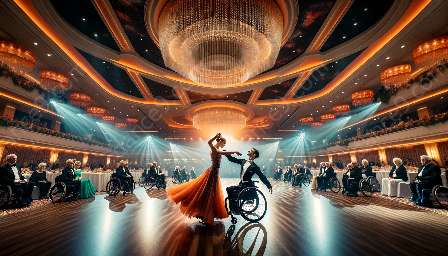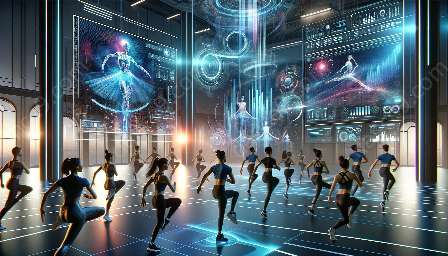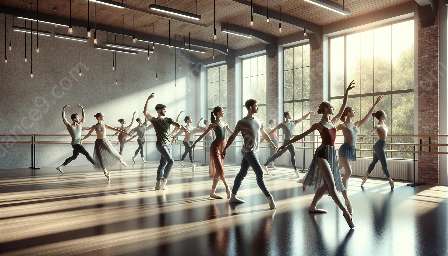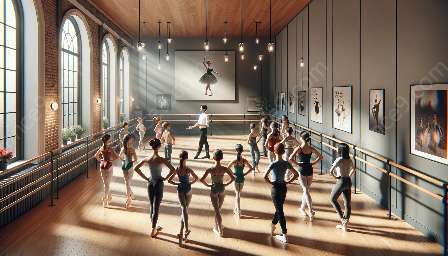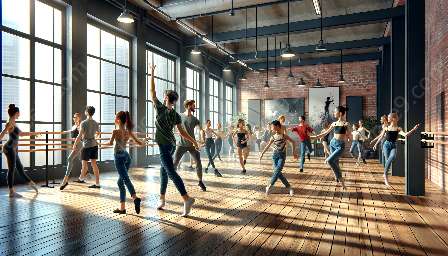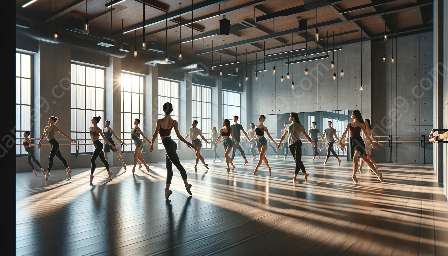Dance is not only an art form, but also a powerful vehicle for promoting physical and mental well-being. This topic cluster explores the interplay between dance and health, highlighting the impact of dance on performers' overall wellness within the context of performing arts. From its physical benefits to its potential impact on mental health, we delve into the multifaceted relationship between dance and well-being, shedding light on effective strategies for maintaining holistic health in the dance community.
The Physical Benefits of Dance
Dance serves as a comprehensive exercise, engaging various muscle groups and enhancing cardiovascular fitness. It promotes flexibility, strength, and endurance, contributing to improved physical health for dancers. Furthermore, dance can aid in weight management, coordination, posture, and overall physical conditioning. As a form of physical activity, it offers a wide range of benefits, including reduced risk of chronic conditions and improved bone density.
The Mental Health Impact of Dance
Beyond the physical benefits, dance can profoundly impact mental health. The artistic expression and emotional release inherent in dance can serve as a profound therapeutic outlet. It has been shown to reduce stress, anxiety, and depression while enhancing mood, self-esteem, and overall psychological well-being. Dance fosters a sense of creativity, self-discovery, and emotional connection, providing dancers with a platform for self-expression and personal growth.
Challenges Faced in Dance
Despite its many benefits, dance also presents unique challenges to performers' well-being. High physical and psychological demands can lead to injuries, performance anxiety, and burnout. The intense pressures of the dance industry, including competition, expectations, and body image concerns, can take a toll on dancers' mental and emotional health. Furthermore, irregular schedules, fatigue, and the constant pursuit of perfection can impact overall wellness.
Holistic Strategies for Well-being
To mitigate the challenges and maximize the benefits, holistic strategies are essential for supporting the physical and mental health of dancers. These include:
- 1. Proper Nutrition: Ensuring dancers maintain a balanced diet to support their physical demands and overall health.
- 2. Injury Prevention and Care: Implementing practices to reduce the risk of dance-related injuries and seeking appropriate treatment when needed.
- 3. Mental Health Support: Providing access to counseling, therapy, and resources to address the emotional and psychological needs of dancers.
- 4. Rest and Recovery: Emphasizing the importance of adequate rest and recovery to prevent burnout and promote physical rejuvenation.
- 5. Community and Support Systems: Fostering a supportive environment within the dance community to promote a sense of belonging and mutual encouragement.
By integrating these strategies, dancers can prioritize their well-being while pursuing their artistic endeavors, creating a harmonious balance between physical and mental health within the context of performing arts.






